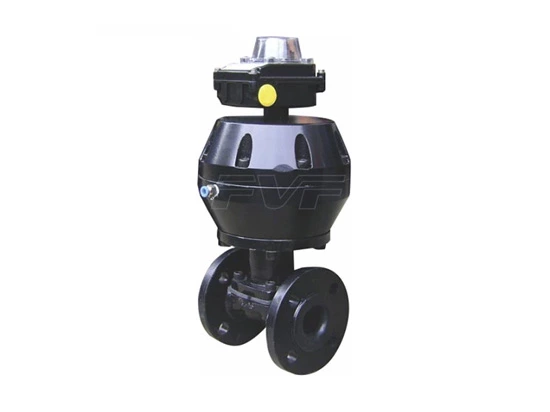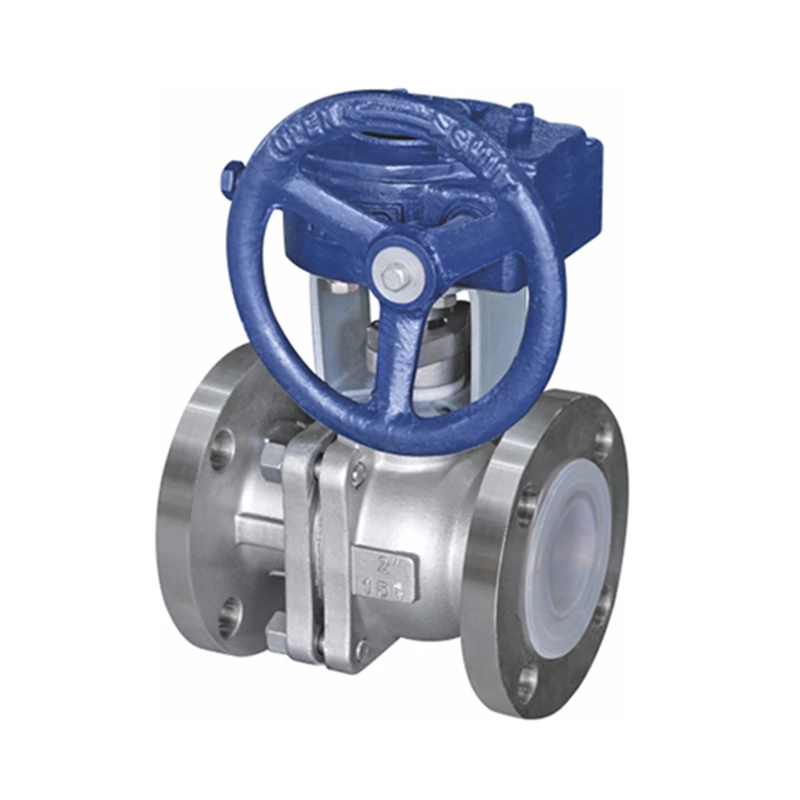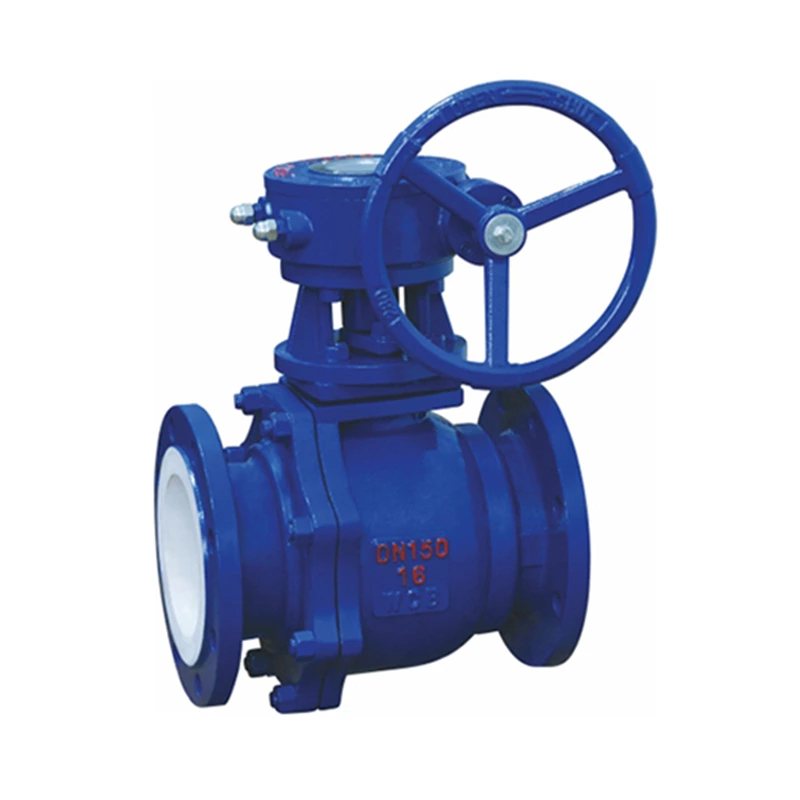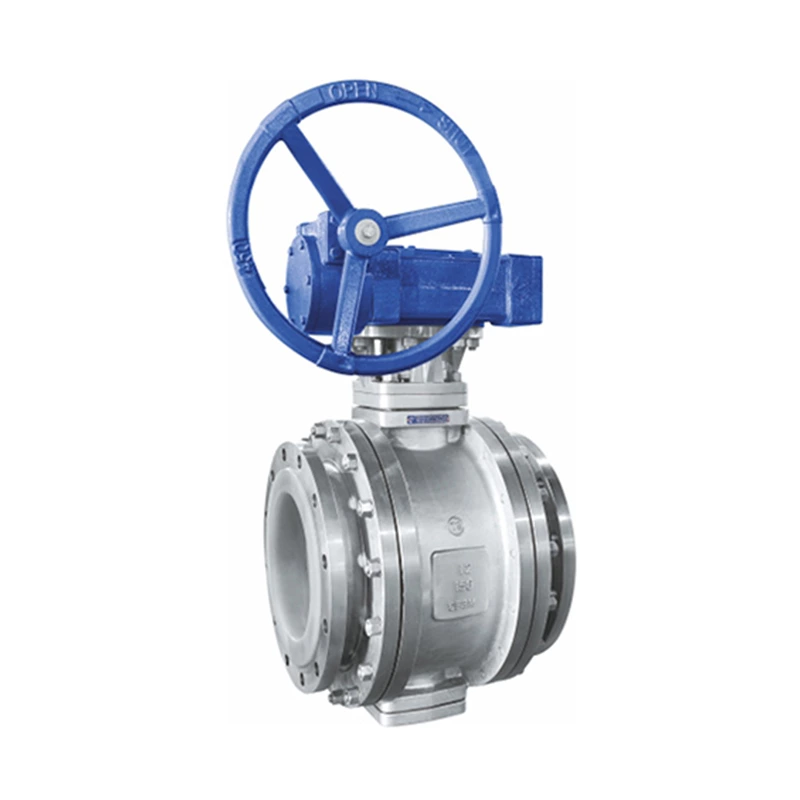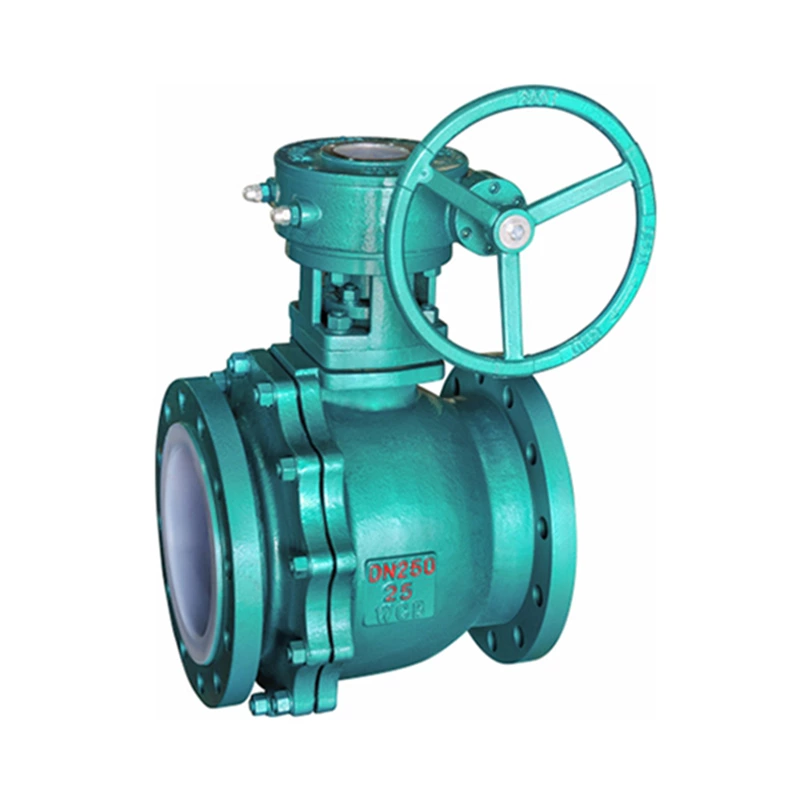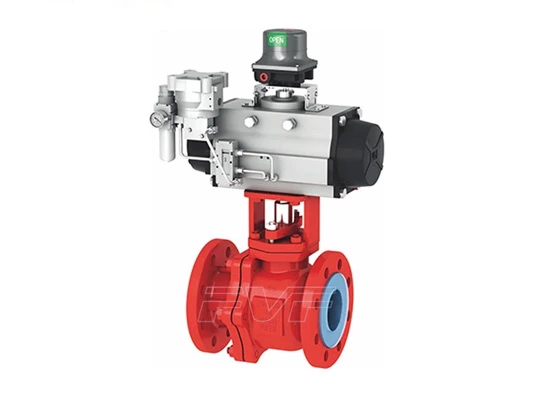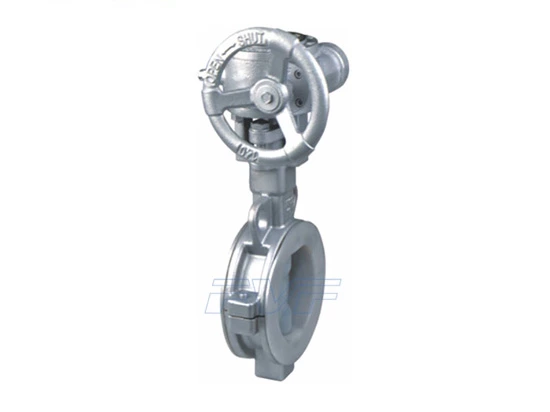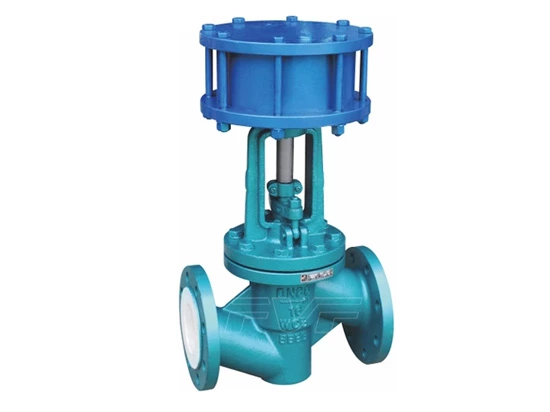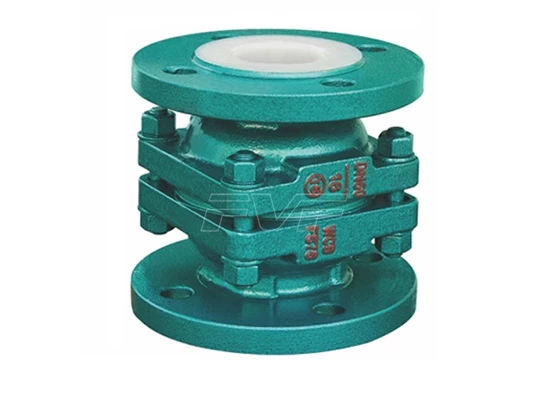Several Common Problems With Regulating Valves
1. Is it easy for a double-seat regulating valve to oscillate when it is in a small opening state?
Why can't Lined Valve be used in a small opening? This is determined by its valve seat structure. The double regulating valve has two valve cores, the upper valve core is in the flow open state, and the lower valve core is in the flow closed state. When the valve core of the regulating valve is in the flow open state, the stability is relatively good, so when the valve core of the double-seat regulating valve is in a small opening range close to the flow closed state, the valve core will oscillate. Therefore, in the selection of regulating valves, it is necessary to avoid the use of double-seat regulating valves in a small opening range.
2. Can't the double-seat regulating valve be used as a cut-off valve?
The valve core of the double-seat regulating valve has the advantage of a force-balanced structure, which allows a large pressure difference range before and after the valve. Since the two sealing surfaces cannot be in good contact at the same time, the leakage is large and it cannot play a role of cutting off in the pipeline. Even if the sleeve is improved on the double-seat valve, it cannot change its limitations caused by the structural design.
3. Comparison of the anti-blocking properties of the linear travel regulating valve and the angle travel valve?
The valve core of the straight-stroke control valve moves vertically, and the fluid moves horizontally. The flow channel structure in the valve cavity is not straight-through, but generally S-shaped, which deforms into many blind spots. Over time, the medium is prone to sedimentation in these blind spots, which can easily cause blockage. The valve core of the angular stroke valve is in horizontal rotation, and the medium is also in horizontal flow, so it is not easy to have dead corners, and the sediment is easily carried away by the fluid. Therefore, the anti-blocking performance of the straight-stroke control valve is much better than that of the angular stroke valve.
4. Why is the valve stem of the straight-stroke control valve thinner?
Due to the principle of large sliding friction and small rolling friction. The valve stem of the straight-stroke valve slides up and down, which generates greater friction. Therefore, the valve stem is designed to be small and the PTFE packing with a small friction coefficient is used to minimize friction as much as possible. However, this has caused problems such as thin valve stems, easy bending, and short packing life.
5. Is the cut-off pressure difference of the angular stroke valve large?
Since the combined force of the medium on the valve core produces a very small torque on the valve shaft, it can withstand a large pressure difference, so the cut-off pressure difference of the angle travel valve is large.
6. Why should the cut-off valve use hard seals as much as possible?
From the perspective of the cut-off effect alone, the performance of soft-sealed valves is better than that of hard-sealed valves. However, the wear resistance and reliability of soft-sealed valves are much worse than those of hard-sealed valves. Therefore, from the dual standards of leakage and reliability, hard-sealed cut-off valves are better than soft-sealed cut-off valves. Now many cut-off valves use surfacing wear-resistant alloys to greatly improve the sealing performance, which is enough to meet the requirements of cut-off valves.
